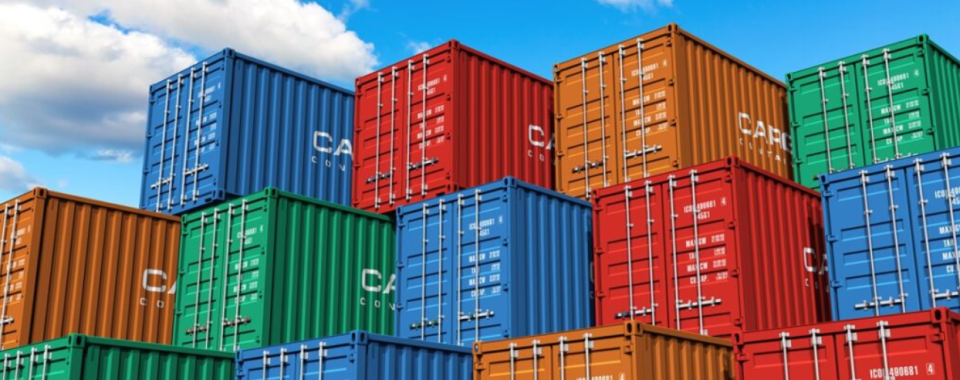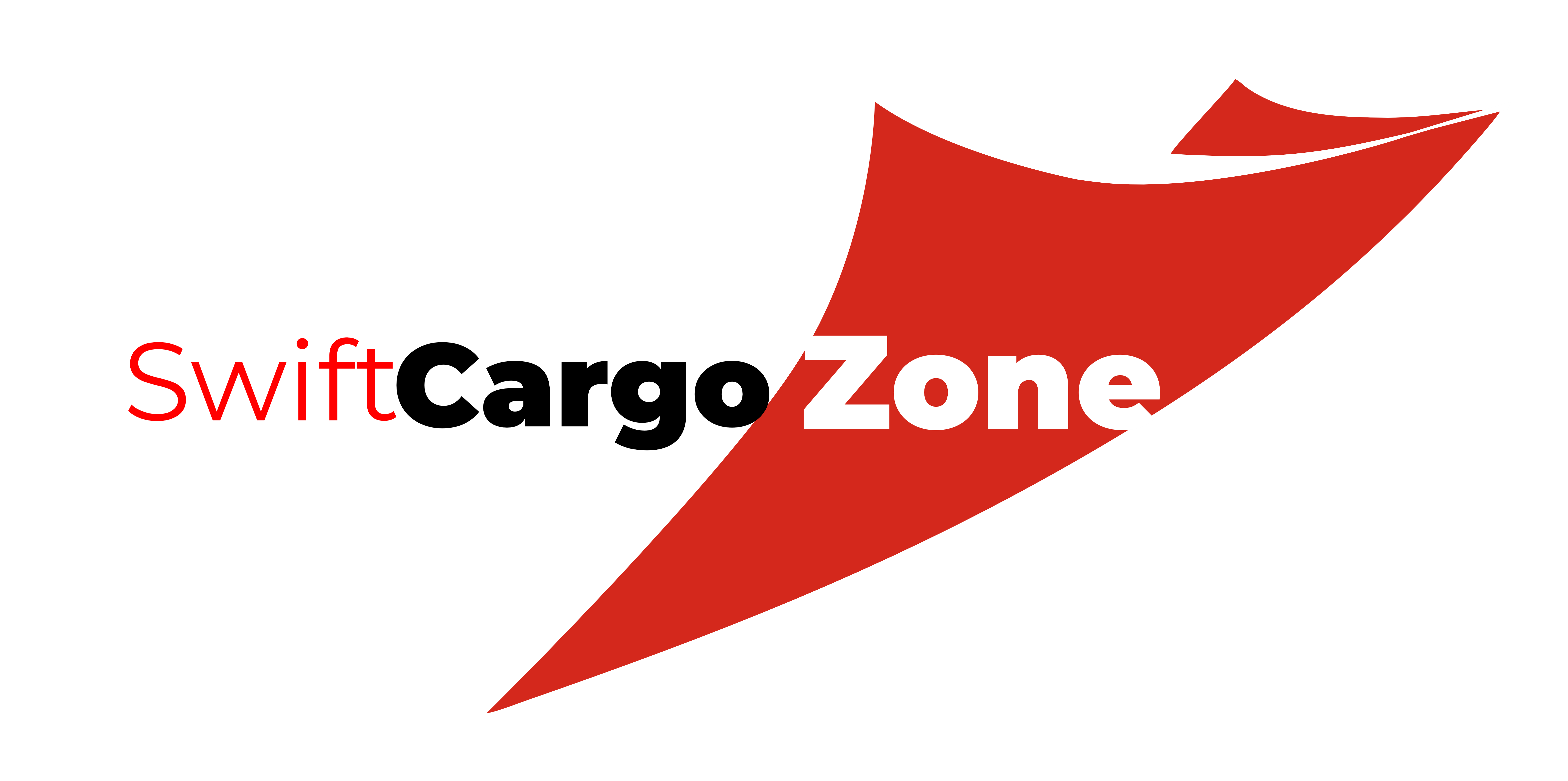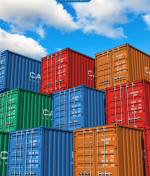
Here’s a blog post on International Freight that highlights key aspects of global shipping, including methods, benefits, challenges, and best practices. Let me know if you want it tailored to a specific audience or business! 🚢✈️
A Complete Guide to International Freight: How Global Shipping Works
International freight plays a vital role in global trade, connecting businesses and consumers across continents. Whether you’re an eCommerce business, a manufacturer, or an individual looking to transport goods, understanding international freight is essential to ensure smooth and cost-effective shipping.
In this blog post, we’ll explore what international freight is, the different shipping methods, key challenges, and best practices to optimize your logistics.
What is International Freight?
International freight refers to the process of transporting goods across borders via air, sea, rail, or road. It involves a complex network of carriers, customs regulations, and logistics providers that ensure shipments move efficiently from one country to another.
Types of International Freight Shipping
There are several ways to transport goods globally, each with its own advantages and considerations:
1. Air Freight ✈️
Air freight is the fastest shipping method, ideal for time-sensitive and high-value goods.
- Delivery Time: 2-10 days (depending on destination and customs clearance)
- Best for: Electronics, medical supplies, perishable goods, luxury items
- Pros: Speed, security, reliable schedules
- Cons: Expensive, weight and size limitations
2. Sea Freight 🚢
Sea freight is the most cost-effective option for large-volume shipments. Goods are transported in shipping containers via cargo ships.
- Delivery Time: 4-8 weeks (depending on distance and customs clearance)
- Best for: Heavy machinery, bulk goods, raw materials, vehicles
- Pros: Affordable, suitable for large shipments
- Cons: Slow, potential delays due to port congestion and customs checks
3. Road Freight 🚛
Road freight is used for cross-border transportation between neighboring countries or for last-mile delivery from ports and airports.
- Delivery Time: A few days to weeks (depending on distance and road conditions)
- Best for: Regional shipments, perishable goods, retail products
- Pros: Flexible, door-to-door delivery, cost-effective for short distances
- Cons: Subject to traffic and border delays
4. Rail Freight 🚂
Rail freight is an economical and eco-friendly alternative for land transport, especially for shipping between large industrial hubs.
- Delivery Time: Varies based on distance and rail network efficiency
- Best for: Heavy cargo, bulk commodities, industrial goods
- Pros: Cost-effective for bulk shipping, lower carbon footprint than road freight
- Cons: Limited availability in some regions, slower than air freight
Key Challenges in International Freight Shipping
Despite its advantages, global shipping comes with certain challenges:
- Customs and Regulations – Each country has different import/export rules, which can lead to delays if not properly managed.
- Shipping Costs & Tariffs – Freight charges, import duties, and fuel costs can affect the overall shipping budget.
- Delays & Disruptions – Weather conditions, strikes, port congestion, and supply chain disruptions can impact delivery timelines.
- Cargo Damage & Loss – Improper packaging and handling can lead to damaged goods. Insurance coverage is essential.
- Tracking & Visibility – Ensuring real-time shipment tracking helps businesses stay updated on their cargo’s location.
Best Practices for Efficient International Freight Shipping
To optimize international freight, businesses should follow these best practices:
✅ Choose the Right Shipping Method – Balance speed and cost based on your business needs.
✅ Work with Reliable Freight Forwarders – Partner with experienced logistics providers who can navigate international shipping complexities.
✅ Understand Customs Requirements – Ensure all necessary documentation (bill of lading, commercial invoice, packing list) is in order.
✅ Use Proper Packaging – Protect goods from damage by using high-quality packaging materials.
✅ Monitor Supply Chain Efficiency – Track shipments in real-time to anticipate and address delays proactively.
Conclusion
International freight is an essential component of global trade, allowing businesses to expand their reach and connect with customers worldwide. Whether you’re using air freight for quick deliveries or sea freight for cost-efficient shipping, understanding the logistics behind international freight will help you make better shipping decisions.
Need expert help with international freight shipping? Swiftcargozone provides seamless logistics solutions for shipping from China to Nigeria and beyond. Contact us today for the best rates and efficient shipping!











Comments (2)
Riva Collins
It’s no secret that the digital industry is booming. From exciting startups to need ghor fore global and brands, companies are reaching out.
Obila Doe
The intruders chased the girl in the house and threatened her when she hid from them, according to the PSNI to Limavady Facebook page.